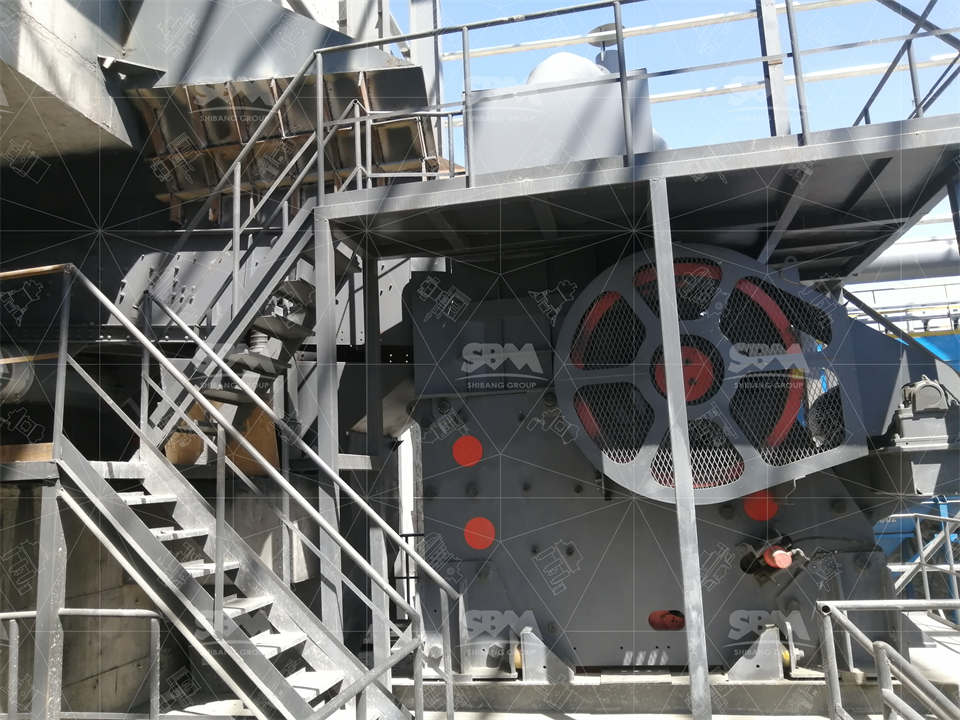Hardrock gold extraction is a vry demanding process, it requires gear with trustable power,, rugged frames and accurate technical perfomance Unlike placer mining that use basic washing methods. here the ore is locked in quartz vein basalt or metamorfic bodies. To release gold, operators must perform crushing grinding concentrating and refining. In this guide we explore the vital machines in rock-gold mining, explain their principle, parameters, field-experience plus provide recommendations. All data are based on proven industry-level equipmnt widely seen in various scale mines.

The first step is cutting down mined lumps into manageable grains. Jaw-crusher is the commonest primery machine. It runs by a static jaw plate & a moving jaw that pressurize the ore inside V-type chamber. Feed can be 800mm; while discharge openning adjust from 65~160mm. Ratio of crushing around 4-6 which ensures even particle-size distribution. Motor output from 30kW up to 160kW, models deliver 1-1000 t/h. Field records confirm low-fail rate if lubrication+inspection done every 2000hrs.
For super hard ore like granite,, basalt compressive strength over 300MPa, heavy-duty jaws or gyratory crushers prove more efficient. They supply larger throughput and flexible CSS (close side setting). CSS matters; too small leads to quick wear but too large reduces liberation. Experts usually set CSS 100-150mm for auriferous ore before sending to secondary break.
After first reduction, cone-crushers or impact-breakers are selected. Cone crusher works by eccentric motion of mantle inside concave chamber giving compression force. Core parameters are eccentric-throw, rotation-speed, cavity profile (standard/shorthead). For hardrock gold, shorthead cone with fine cavity is favored cause it produce discharge below 25mm, suitable for milling. Output 30-600t/h, power 90-400kW. Operators inspect liner wear, normally swapped after 10k-15k tons depending ore abrasivity.
Impact-breaker apply when cubic particle-shape is important. Rotor rotate 400~600rpm, hammer-weight balancing reduces vibration. Energy cost slightly higher than cone, about 0.3-0.5 kWh/t ore, but mainten cycle shorter—checking required each 800hrs.
Liberated ore must be milled to free gold grains. Ball-mill is core unit. Cylindric shell spin with steel balls as medium. Feed max 25mm, discharge size 0.074mm (200mesh). This micro particle essential cause gold free at <75micron. Power range 15~4000kW throughput 0.65-615t/h according dimension.
Rod-mill also usable when less overgrinding is wanted. Compare with ball-mill rod generate coarser grains, lower slimes in gravity separation. Still, ball-mill dominat in rock-gold plant. Maintanence: liners usually Mn-steel changed each 6-12 month, depending hardness. Lube system checked daily otherwise bearing overheats.
After milling, classifying+concentration required. Spiral-classifier or hydrocyclon split fines from coarse, slurry goes to gravity units. Shaking-table very common for free-milling gold, slope 3~4deg, water 10-30L/min, deck 200-300strokes/min. Recovery of free-gold above 0.074mm can reach 90% if condition optimal.
Flotation machines essential for sulfide-bounded gold. Air inject in slurry producing bubbles attach hydrophobic grains. Mech-agitator flotation cell, impeller run 300-500rpm, air volume 0.1-1.0m³/min. Motor 5.5-30kW per tank. Efficiency depend reagent scheme, pH and residence-time. Usually achieve 85-95% for gold sulfide ore.
A full hardrock gold line need feeders, screens, conveyors & thickener units. Vibrating-feeder control feeding-rate 80-1000t/h, with shaft vibration to maintain continuity. Vibro screen classify crushed grains; for gold two-deck or three-deck screen mesh 5-20mm common. Belt conveyors move ore among stages, width 500-1400mm capacity up2 2000t/h. Integrating units needs capacity-matching else bottlenecks. Engineers normally design with 10-20% extra conveyor+screening capacity for fluctuations.
One African site, ore hardness 250MPa, grade 3g/t, moisture 2%. Plant used 1 jaw-crusher (400t/h), 2 cone (200t/h), 2 ball-mills (4.2×6.5m, 3200kW), flotation-line. Average throughput 380t/h, gold recovery 91%. Energy cost 25kWh/t. Maintenance scheduled 3000hrs cut unplanned downtime <2%. Client reported jaw and ball-mill reliabilty high, flotation needs continuous watch for air+reagent dosage stable.
| Machine | Capacity (t/h) | Power (kW) |
|---|---|---|
| Jaw Crusher | 400 | 160 |
| Cone Crusher | 200 | 220 |
| Ball Mill | 150 | 3200 |
| Flotation Cell | 35 | 22 |
Choice of equipment in rock-gold mining depend ore hardness, target grain-size, mineralogy, and plant scale. Jaw always needed for primary, cone for fine, ball-mill for grind, shaking table+flotation for recovery. For small miners, simple chain: jaw, hammer-mill, shaking table can work. For industrial >200t/d full flowsheet essential. Engineers should calc capacity, power, maintenance before decide. Success depend not only gear but also training, preventive care and steady electric supply.
Hardrock gold mining is tough yet possible with right equipmnt. Experience proves correct selection + maintenance deliver high recovery, less downtime and profit sustainability. Operators must approach decision with real data, careful engineer judgement and full confidence, cause strong machines is backbone of gold production success..
Whatsapp:+8617329420102
Email: [email protected]
Address: No. 1688, Gaoke East Road, Pudong new district, Shanghai, China.
Online Service : Get Price
We value your feedback! Please complete the form below so that we can tailor our services to your specific needs.
